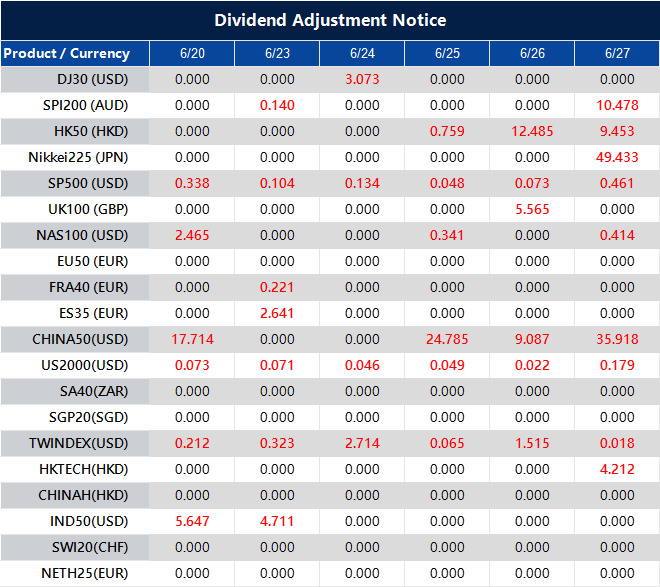Gold prices in Malaysia dropped on Friday. The price per gram decreased to 459.22 Malaysian Ringgits from 461.51 the day before. The price for a tola also fell to MYR 5,356.28, while a troy ounce was priced at 14,282.97 MYR.
In Malaysia, gold prices are determined by adjusting international rates and converting them into the local currency and units. Prices change daily based on market trends, although local rates may vary slightly.
Central Bank Gold Reserves
Central banks hold most of the world’s gold. In 2022, they bought 1,136 tonnes, worth about $70 billion, making it the largest annual purchase on record. Countries like China, India, and Turkey are rapidly increasing their gold reserves.
Gold usually moves in the opposite direction of the US Dollar; when the Dollar weakens, gold prices tend to rise. Prices can change due to geopolitical issues or economic concerns. Generally, lower interest rates boost gold prices, while a strong Dollar can keep them in check.
Recently, we saw a slight dip in Malaysian gold prices. The value per gram fell to 459.22 MYR, down over 2 Ringgits from the last session. Prices for tola and troy ounce formats also showed similar declines. This isn’t an isolated drop; it’s a local adjustment reflecting changes in global prices, currency conversions, and rounding in domestic rates.
This suggests that local gold prices are closely following global trends rather than setting their own path. These trends become particularly important during times of macroeconomic uncertainty.
The key issue is global reserves. Central banks from countries like China, India, and Turkey aren’t just making small adjustments—they’re significantly increasing their gold holdings. Last year, they acquired over 1,100 tonnes. This represents billions in USD at current prices. When central banks adjust their reserves, it’s usually a long-term strategy that aims to protect against currency fluctuations or support economic confidence during tight financial conditions.
Gold And The US Dollar
Gold and the US Dollar have a long-standing inverse relationship. When the Dollar weakens, gold prices often rise. However, it’s important not to oversimplify this relationship. If the Dollar remains strong, it can limit gold’s upward movement. Additionally, in times of increased risk appetite, investors may shift funds from safe havens like gold to stocks or other higher-yield investments.
Geopolitical or economic fears can also impact gold prices, sometimes in ways not directly related to inflation or interest rates. Price spikes can occur due to market sentiment rather than hard data, especially during times of conflict or when major economic policies change.
Currently, we should pay attention to interest rate expectations from the Fed. Lower interest rates can support gold prices since it reduces the opportunity cost of holding non-earning assets. However, if inflation remains stable or increases in the US or Western Europe, the Dollar can still strengthen, which would put pressure on gold prices even if rates are lower.
For those trading metals like gold, it’s essential to monitor central bank announcements, inflation data, and changes in emerging market policies. These factors can significantly influence market direction. Often, markets misprice future probabilities, leading to unexpected changes in futures contracts when guidance shifts or data surprises.
As we look ahead, flexibility in hedging strategies is crucial. Relying solely on interest rate predictions for gold trading is no longer effective. It’s important to consider the relative strength of the Dollar, the pace of reserve buying, and current political statements. We must acknowledge that gold is highly sensitive—not just to central bank actions but also to traders’ perceptions about timing.
Create your live VT Markets account and start trading now.
here to set up a live account on VT Markets now





